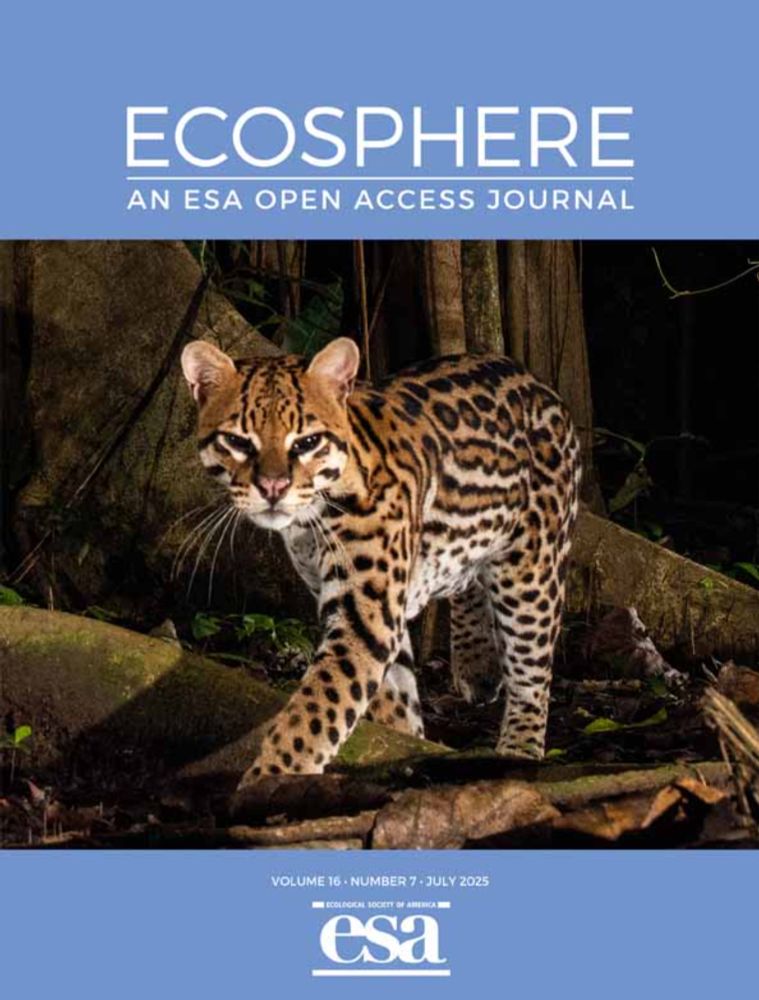Thanks, Matthew! I’m so grateful for your mentorship and support. Looking forward to continuing our research collaborations at Stony Brook.
16.09.2025 16:28 — 👍 1 🔁 0 💬 0 📌 0
Thanks, Rémi! Let’s connect sometime. I believe we have a lot of overlapping interests
16.09.2025 16:21 — 👍 1 🔁 0 💬 1 📌 0
Thanks, Katie! You were such a huge part of helping me get here. Can’t wait to watch you get your dream job this year 🤍
16.09.2025 16:19 — 👍 2 🔁 0 💬 1 📌 0
Thanks, @jandutkiewicz.bsky.social!
16.09.2025 13:21 — 👍 1 🔁 0 💬 0 📌 0
Likewise, if you’re interested in collaborating – reach out! 5/n
16.09.2025 13:11 — 👍 1 🔁 0 💬 0 📌 0
While I am not currently taking on students or postdocs, it’s never too early to reach out and start a conversation! I will be looking for folks to come work with me starting in Fall 2026 on data-driven and field-based experimental projects. 4/n
16.09.2025 13:11 — 👍 0 🔁 0 💬 1 📌 0
I will be continuing my research on #climatechange, #foodsystems, greenhouse gas mitigation, and land-based carbon removal. I’m also looking to expand into #bluecarbon, leveraging aquatic biomass in croplands as soil amendments for improved soil health. 3/n
16.09.2025 13:11 — 👍 2 🔁 0 💬 1 📌 0

Image of Shelby McClelland wearing a black Stony Brook University t-shirt standing in front of a tree.
🚨 Big News!! 🚨
I am so excited to announce that I’ve recently joined the faculty at the School of Marine and Atmospheric Sciences @stonybrooku.bsky.social ! My initial position is as a faculty fellow under the SUNY PRODiG+ Fellowship Program. 1/n
www.stonybrook.edu/commcms/soma...
16.09.2025 13:11 — 👍 8 🔁 0 💬 4 📌 1
Good 🧵
Friendly amendment: stop burning fossil fuels (responsible for 2/3 of historical CO2 emissions), and also stop deforestation & land-use change (the other 1/3).
And if you do something that reduces fossil CO2 but increases land use and deforestation EVEN MORE, that’s an anti-solution. Avoid.
24.07.2025 12:00 — 👍 77 🔁 21 💬 3 📌 1
To my co-author and PhD Advisor, Meagan Schipanski, THANK YOU! You let me dream up this project and supported me in diving deep into this research during my PhD. I learned so much through the ups and downs, and I am so grateful for the freedom to explore and grow as an ecologist.
23.07.2025 16:47 — 👍 0 🔁 0 💬 0 📌 0
While this work starts to broaden our mechanistic understanding of how compost contributes to soil carbon sequestration, we absolutely need more data, better analyses, and longer-term studies to understand carbon flows (and persistence of this new carbon) in managed grassland ecosystems! 7/N
23.07.2025 16:47 — 👍 0 🔁 0 💬 1 📌 0
To us, this suggests that the microbial community was more responsive to plant over compost-derived inputs. It also indicates that microbial-derived inputs were more important for building soil organic carbon in this managed grassland. 6/N
23.07.2025 16:47 — 👍 0 🔁 0 💬 1 📌 0
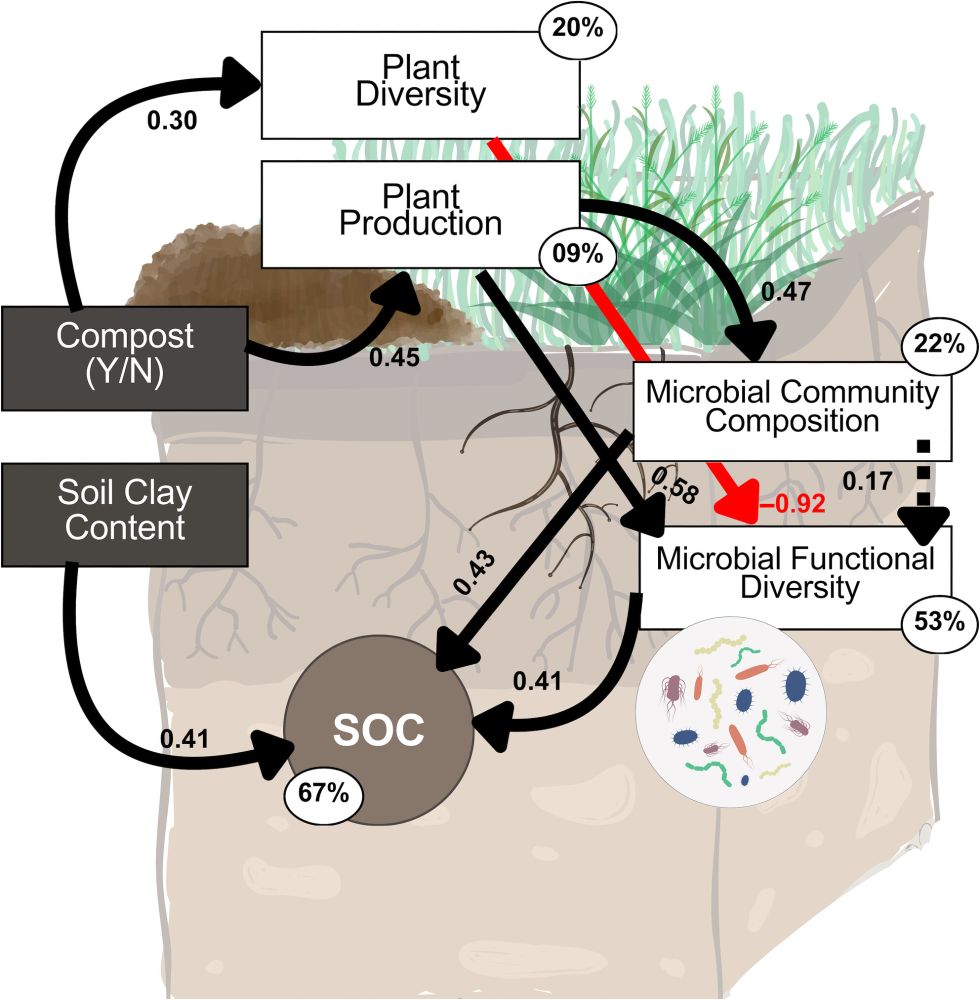
Figure 5 from the article. Image is a conceptualized drawing of the paths from different variables to soil organic carbon (SOC).
We used a path analysis to test our hypothesis. But what we found surprised us! Plants only indirectly increased soil organic matter; their effect was entirely mediated through the soil microbial community, especially bacteria. 5/N
23.07.2025 16:47 — 👍 0 🔁 0 💬 1 📌 0
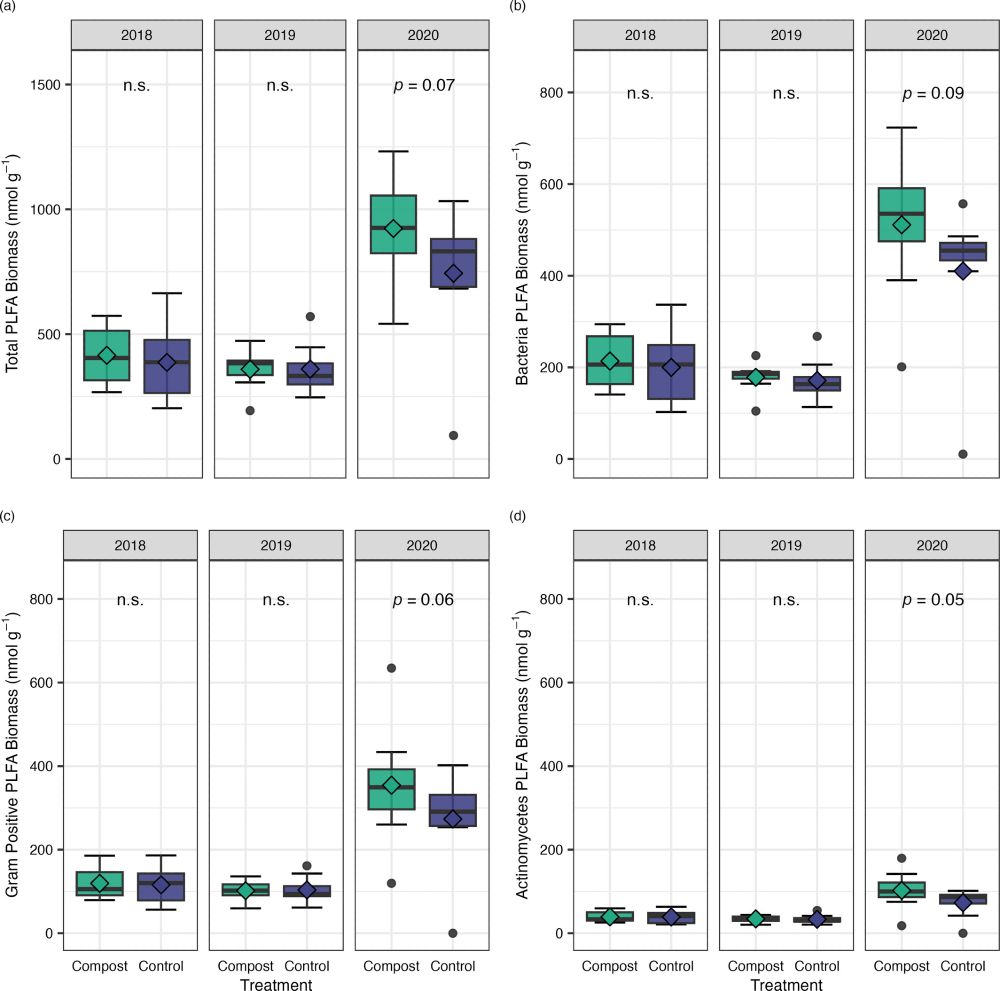
Figure 3 from the article. Image is four panels of faceted (by year) box and whisker plots of soil microbial community responses.
Plants responded immediately, both in terms of productivity and community composition. Microbes, however, were slower to respond. We only observed community differences in the final growing season. There were also differences in microbial functional diversity. 4/N
23.07.2025 16:47 — 👍 0 🔁 0 💬 1 📌 0
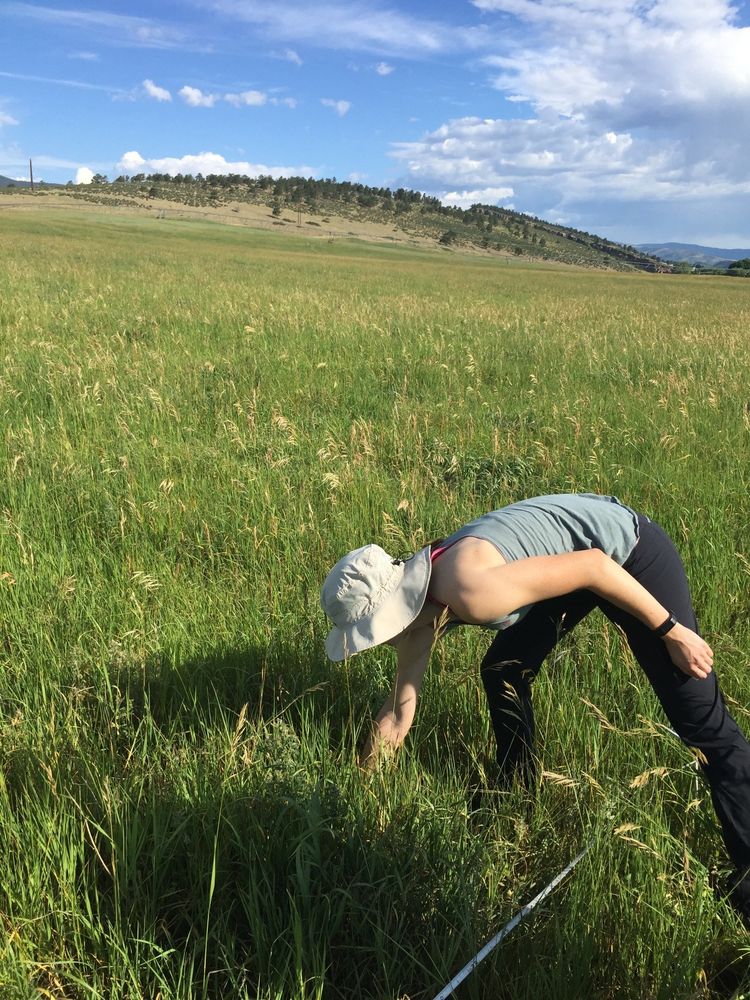
Image is a photo of lead author, Shelby McClelland, conducting a plant transect in a pasture.
Over three growing seasons in northern Colorado, we measured plant growth and diversity, microbial community composition and function, and soil carbon. We hypothesized that plants and microbes jointly contributed to the soil carbon response.
What did we find? 3/N
23.07.2025 16:47 — 👍 0 🔁 0 💬 1 📌 0
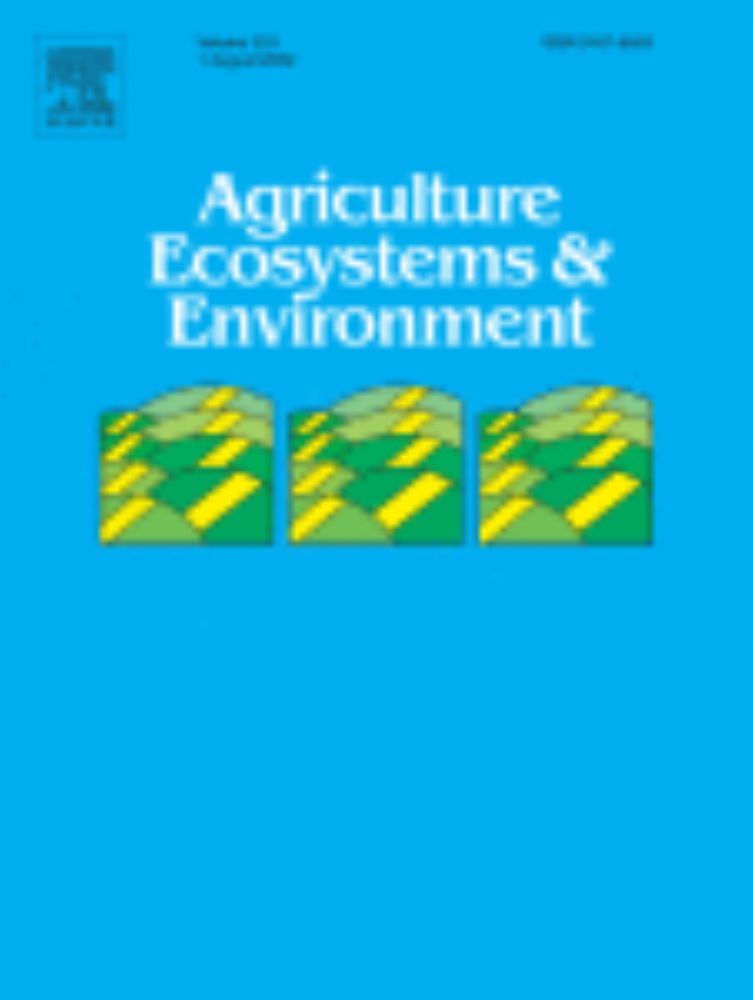
Infrequent compost applications increased plant productivity and soil organic carbon in irrigated pasture but not degraded rangeland
Improved agricultural soil management can facilitate the removal of carbon dioxide from the atmosphere to help keep planetary warming at or below 2 °C…
Infrequent compost applications in managed grasslands can boost soil organic carbon stocks–even after discounting the carbon from the compost itself!
Read our earlier work 👉 tinyurl.com/a3nzcwbs
But! We still don’t fully understand how plants and microbes interact to build this carbon. 2/N
23.07.2025 16:47 — 👍 0 🔁 0 💬 1 📌 0
Our Research Briefing is now out in Nature Climate Change!
We examine the spatially variable tradeoffs between climate change mitigation and crop yields under regenerative agriculture. Globally, safeguarding crop yields will substantially lower mitigation potential.
Read more ➡️ rdcu.be/eo6lE
03.06.2025 19:29 — 👍 2 🔁 0 💬 0 📌 0
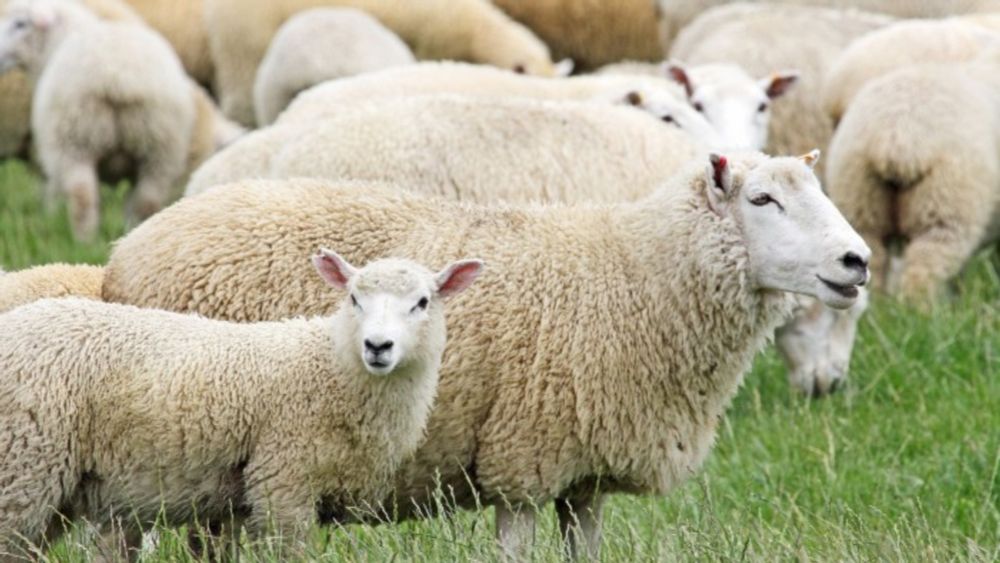
Scientists accuse New Zealand and Ireland of trying to cover up livestock emissions
‘Accounting trick’ to support methane-emitting sectors undermines fight against climate change, say researchers
This is incredibly unfair: high-income nations with large dairy sectors are looking to adopt a "no additional warming" target, avoiding the methane cuts needed to meet international targets and pledges.
We have written an open letter to the NZ PM and I spoke to the FT👇🧵
www.ft.com/content/2ea6...
02.06.2025 12:19 — 👍 127 🔁 52 💬 7 📌 10
Great coverage in the Cornell Chronicle of our paper including quotes from me and @dominicwoolf.bsky.social.
Read here ➡️ tinyurl.com/yfmwy34h
21.05.2025 13:08 — 👍 5 🔁 1 💬 0 📌 0
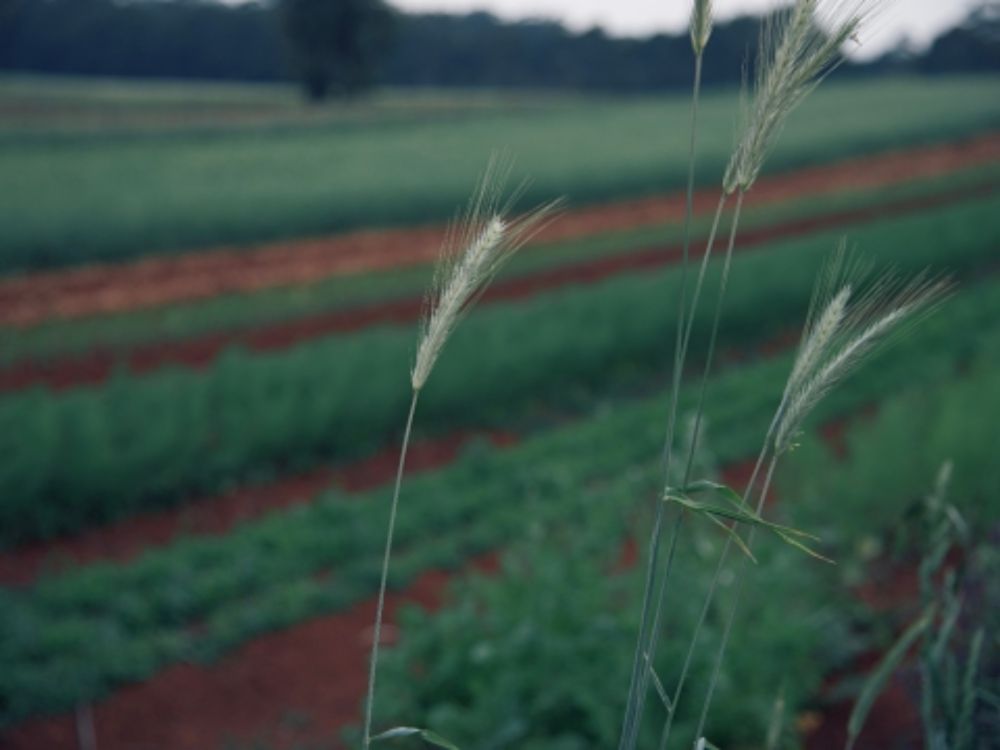
Scientists Identify Ways to Minimize Tradeoffs Between Crop Yields and Climate Benefits
Research highlights where and how regenerative farming could lead to win-wins for climate-change mitigation and crop production
If you don’t have time for all the details, but want to learn more about our key findings, check out our accompanying press release from NYU, www.nyu.edu/about/news-p.... Later I'll post the link to our Research Briefing from @natureportfolio.nature.com 11/N
19.05.2025 14:18 — 👍 1 🔁 1 💬 1 📌 0
A special shoutout to @dominicwoolf.bsky.social @matthewhayek.bsky.social for your mentorship and support! 10/N
19.05.2025 14:18 — 👍 1 🔁 0 💬 1 📌 0
This study came out of an amazing collaboration between @cornelluniversity.bsky.social, @newyorkuniversity.bsky.social, CSU, @nature.org, @envdefensefund.bsky.social, and @woodwellclimate.bsky.social. Thanks to my collaborators who helped get this massive modeling effort to the finish line! 9/N
19.05.2025 14:18 — 👍 1 🔁 0 💬 1 📌 0
This research opens new possibilities for regenerative agriculture to provide climate and yield benefits, but shows its limits as a key climate solution. What food we produce is as important as how we produce it. Food system decarbonization must entail greater scrutiny of GHG-intensive foods 🥩🍗 8/N
19.05.2025 14:18 — 👍 1 🔁 0 💬 1 📌 0
We provide spatially-explicit adoption recommendations based on Pareto-optimal outcomes that balance climate and yield goals. By maintaining crop yields, we find that the maximum GHG mitigation potential of cover crops, no-till, and residue is about 85% lower than if we ignore yield outcomes. 7/N
19.05.2025 14:18 — 👍 1 🔁 0 💬 1 📌 0
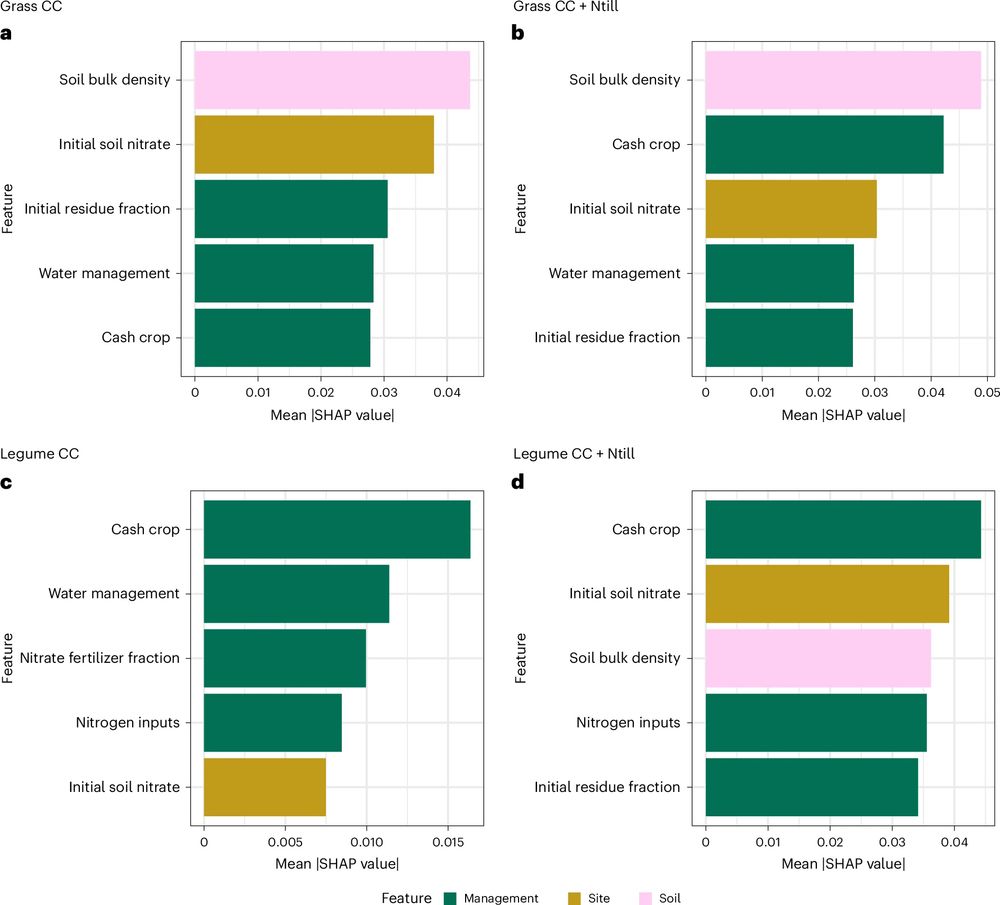
Four panel figure of the top five features for predicting medium-term, 2016–2100, favourable outcomes ranked by mean absolute SHAP value estimated from random forest models. Corresponds to Figure 3 in the paper.
What’s driving these outcomes? We used explainable machine learning to show that win-win outcomes are more likely in soils with higher clay content and lower initial soil nitrogen availability. Identifying these conditions helps us create a clearer decision-framework for adoption on farms. 6/N
19.05.2025 14:18 — 👍 4 🔁 0 💬 1 📌 0
Grass cover crops with no-till have the highest GHG mitigation potential (0.49 Pg CO2-eq yr-1) but lower crop yields (0.1 Pg yr-1) through 2100. Meanwhile, legume cover crops with no-till has clear crop yield benefits (0.28 Pg yr-1) over this timeframe but much lower mitigation potential. 5/N
19.05.2025 14:18 — 👍 1 🔁 1 💬 1 📌 0
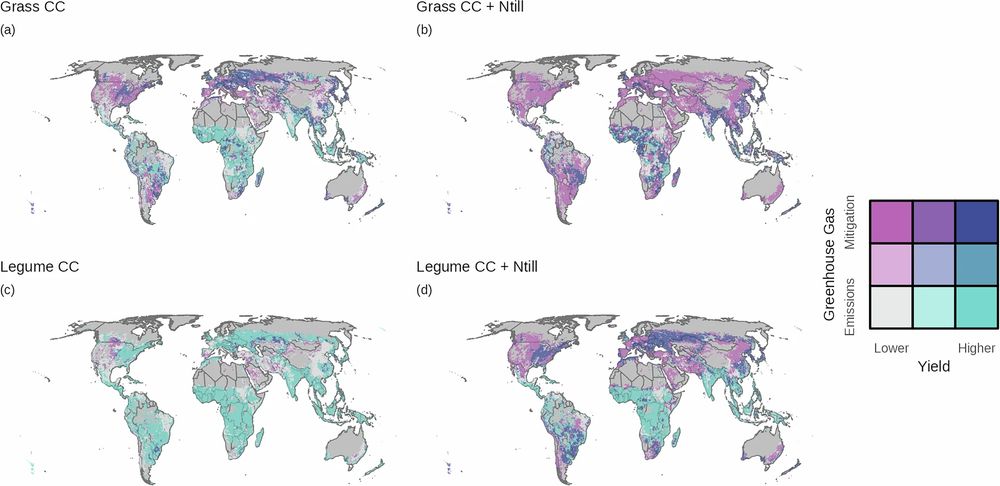
Four panel map of GHG and crop yield responses to natural climate solutions on croplands. Corresponds to Extended Data Figure 3 in the paper. Colors indicate lower, no difference, or higher yields and emissions, no difference, or GHG mitigation. For quantitative results, see Extended Data Fig. 1. Panels are Grass CC (a,), Grass CC + Ntill (b), Legume CC (c), and Legume CC + Ntill (d). Scenario: cover crop (CC); and, no-tillage (Ntill). Base map data in a–d from The World Bank under a Creative Commons license CC BY 4.0.
One of our key findings is that win-win outcomes from adopting these practices are not as common as we once thought. Our analysis shows that it is difficult to maximize GHG mitigation and crop yield benefits, especially over longer time horizons, i.e., 2100. 4/N
19.05.2025 14:18 — 👍 2 🔁 0 💬 1 📌 0
Senior Climate+Weather Director @ CNN
Nature / Climate / More-than-humans / Degrowth / Social justice / Food, Farming and Land Use / Energy / Retrofits / Transport
London
Advancing transformative climate solutions. Analysis, insight, and research on climate change from the Climate, Economics and Finance team at the World Resources Institute.
Prof at Oxford Martin School working on food, energy, and climate change. Book: The Best of Times The Worst of Times: Futures from the Frontiers of Climate Science http://shorturl.at/lzCTZ
#ClimateChange #ClimateAction
X-pat, formerly https://x.com/grazing_paige | https://paige-stanley.com
Rangeland Soil Biogeochemist @ Colorado State University studying grazing, rangeland SOC accrual + stabilization, rancher decision-making | science for the love of the "working wild
Nature Portfolio’s high-quality products and services across the life, physical, chemical and applied sciences is dedicated to serving the scientific community.
Soil Health Assessment Lead @ Syngenta Group | Mostly soils and agronomy but probably some other odds n end too | X: jordon_wade
Land Use, Climate, & Conservation | GHG Protocol @WorldResources | Author & Illustrator @heydaybooks
I'm an applied economist interested in how we get better at interacting with natural systems.
Personal account, mostly focused on economic development and global public health. Some chess, football etc.
Agroecologist 🌱| soil biogeochemist 🤎| Assistant Prof. @UDcanr
| mom | she/her/hers | https://sites.udel.edu/ahuddell/
energy system modeller | head of department at Jülich Systems Analysis (FZJ-ICE-2) https://www.fz-juelich.de/en/ice/ice-2/research-1/integrated-scenarios
State-of-the-art research & mobile lab measurement services; advanced instrumentation for addressing challenges in the areas of atmosphere, soil health, emissions, geochemistry, and health, as well as tools for the emerging hydrogen economy.
aerodyne.com
Bronx boy. Cubs fan. Dad, husband, writer, podcaster and cable news host.
The Sirens’ Call: How Attention Became the World’s Most Endangered Resource out now.
https://sirenscallbook.com/
Oceans. Climate. Society. And everything in between. Climate scientist and numerical modeler, aka Anastasia Romanou. NASA-GISS/Columbia U. Views my own.
Mobilizing the fight for science and democracy, because Science is for everyone 🧪🌎
The hub for science activism!
Learn more ⬇️
http://linktr.ee/standupforscience
Professor, soil ecology and biogeochemistry, carbon, health, climate assessment, policy, reasons for optimism
Assistant Professor of Plant Physiology at California State University 🌱🤓
📍Chico, California
https://robertgriffin-nolan.weebly.com/
Former Director, National Nature Assessment. Conservation Scientist. Marine ecologist. Poultry Farmer. University of Washington Professor. https://sites.uw.edu/levinlab/
Human ecologist and storyteller. Regeneration and Social Justice. Global Director @nature_org. Author: FINDING OUR NICHE. Stubbornly optimistic that radical change is closer than we think. Opinions mine (but science-based). 🏳️🌈






